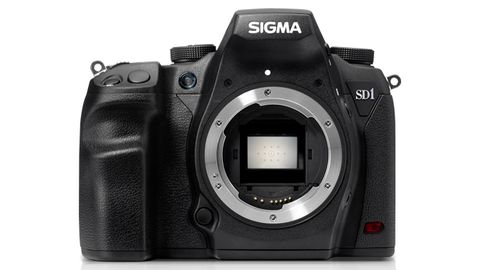Why you can trust TechRadar
So does the Sigma SD1 Merrill's fabled Foveon X3 sensor make a difference? At low ISO sensitivities, absolutely. With careful raw processing there's lots of fine detail to bring out, colours are rich and images have an overall smooth and silky, film-like quality that's impressive.
However, edge towards ISO 1600 - a mid-range setting in the post-Nikon D3 world - and the Sigma SD1 Merrill's firm grip on image quality loosens. Noise is a significant problem, creeping in at even lower sensitivities with JPEGs.
The Sigma SD1 Merrill's .X3F raw files do fare a little better, but currently you can't process these in mainstream software such as Adobe Camera Raw. Instead, they need to be converted in Sigma Photo Pro - a painfully underpowered and slow-performing slab of software.

This is a shame, because to get the best from the Sigma SD1 Merrill, raw files are in order. JPEGs straight out of the camera just look flat and unremarkable.
Carefully processed raw files do have the potential to look excellent, though. The 23.5 x 15.7mm 46MP (or rather, 15.4MP x3) sensor is no match for the larger 44mm x 33mm 40MP sensor in the Pentax 645D but, thankfully, the much cheaper price reflects this.
The Sigma SD1 Merrill can certainly deliver pictures with excellent dynamic range that give more expensive full-frame cameras a run for their money, at lower sensitivities at least.

Other areas of performance are a mixed bag. Auto White Balance errs towards the cool side, but focusing is quick and (most of the time) accurate. Exposure is also an area that requires regular manual intervention.
Like Canon's iFCL metering system, the Sigma SD1 Merrill's evaluative metering pattern seems to weight the exposure reading to the active focus point. This can lead to exposures that are too dark or too light, depending on which AF point is highlighted. Admittedly, if you use the camera for significant periods you grow accustomed to the metering system's nuances, and can compensate as a result.
Current page: Performance
Prev Page Build quality and handling Next Page Image quality and resolution
